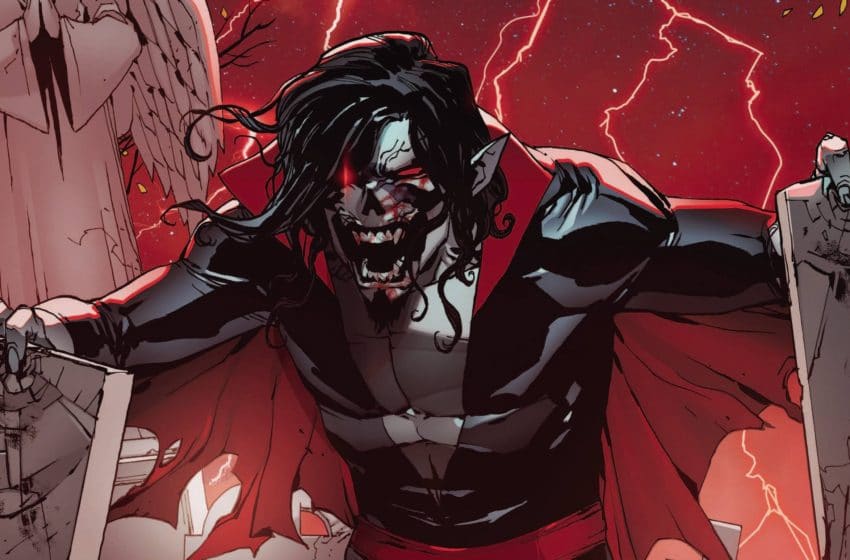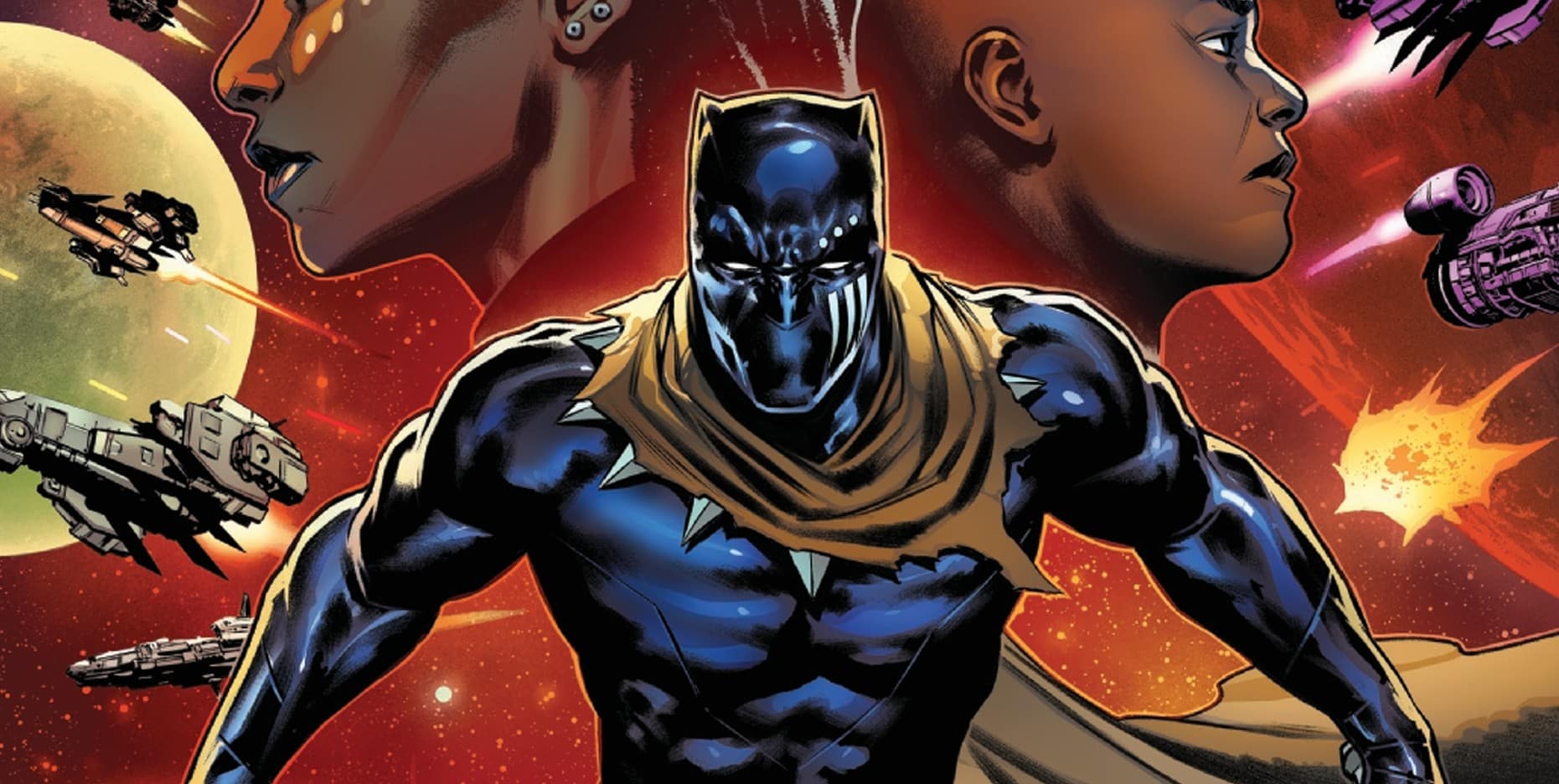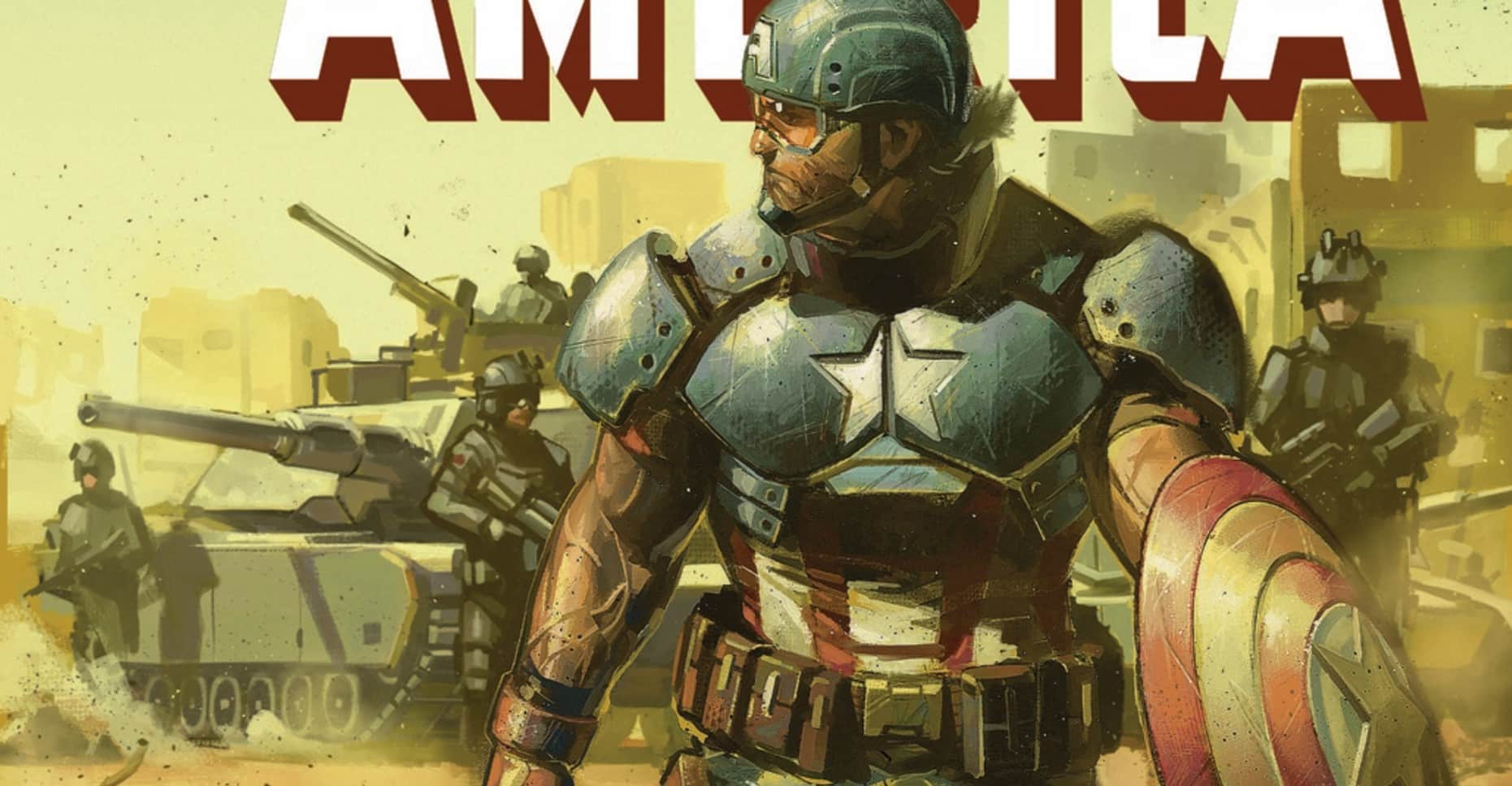The past creeps up on Morbius, alongside vicious blackmail in Morbius: Bonds of Blood #1 written by Ralph Macchio, with art by Tom Reilly, colors by Chris O’Halloran, and letters by Ariana Maher.
Morbius: Bond of Blood is extremely comparable to The Legend of Shang-Chi. Both are one shots designed to function as introductions to Marvel characters who will soon feature in major motion pictures. Both also have landed shortly after really interesting series featuring those characters have wrapped: Shang Chi by Philip Tan, Dike Ruan, and Gene Luen Yang, and Morbius by Vita Ayala and Marcello Ferriera. Those series took their characters in new directions; Shang Chi explored various martial arts societies and brought the character to a new status quo, as leader of said societies, while Morbius balanced Aristotelian reflections with delightfully anime super saiyan-esque ultra-vampires. These one shots, on the other hand, function as introductions to the characters. They give the reader a basic understanding of the characters’ typical roles in the marvel universe, their powers, and in the case of BoB, a full backstory. At the end of both is an ad for the earlier series. If these were meant to bring in comics readers unfamiliar with the characters to their new series, why were they both published after the series wrapped? It would be completely backwards.
And if they aren’t intended to point readers towards those stories— well, what are these one shots for? As standalone issues, they won’t fill out a trade to sit on bookstore shelves when the movies finally arrive. Are they designed to prepare comic book readers to engage with the movies? If so, again, what a completely backwards thing; the tiny, tiny readership of Direct Market superhero comic fans are already very likely prepared to engage with these blockbusters. It’s the audience of the blockbusters that Disney should be hoping to bring into comic shops— but is Marvel doing anything to pursue that audience? Will any statistically significant percentage of the movie audience ever even see the covers of these issues? Are they being shipped to theaters for opening night viewers? Are they going to feature on Disney+? Will they be included in action figure boxes, as Hasbro previously included IDW Transformers comics in their own toys? No, it doesn’t seem like it.
But even in the unlikely scenario that a single human being in the distant future of January 21 2022 is so taken with Sony Pictures’ Morbius that they find their local comic and demand an entry-point comic for the character, will that mythical person be better off having a comic like BoB put in their hands, or the previous series? Will they enjoy having the same origin that they witnessed in the film recounted here? Or, having already been introduced to the character, would they prefer an easy to pick up story that sends their new favorite character on a new adventure?
In the case of BoB, would they care for an extended introduction to Marvel’s Mr. Hyde?
Probably not.
So. Is this for comics readers who are already fans of the character? Again, it reads as an introduction. It seems intentionally barely tied to recent and past continuity. Fans aren’t going to flock to this. With Legend of Shang-Chi, maybe the goal was to give one of Marvel’s brightest young stars, Alyssa Wong, a chance to make new fans, given that her Marvel work has mostly thus far featured in the Star Wars line and the much more obscure Aero. BoB, however, is written by Ralph Macchio, who has been working at marvel for over forty years.
Macchio does a good job here, I should say. It’s a fun read, albeit a very Marvel 1980s one (another reason why this makes for a poor introduction: the writing style is so very distant from any of the ongoing series or recently collected series that Marvel would hope to move the new reader to pick up next).
And it’s a very pretty book. I adored O’Halloran’s colors, particularly in the flashback to Morbius’ origin. Somehow, even though those memories are lighter and more muted, the gothic tone is maintained. Tom Reilly evokes the pulps wonderfully here; I’ve enjoyed everything he’s done with Marvel so far, and I hope we see him on an ongoing soon. If the goal was to put him in front of new eyes though— one last time, that’s extremely backwards. His previous Marvel work was on the best X-Men issue of 2020 (Marvel Snapshots: X-Men #1) and an issue of Marvel’s best ongoing (Immortal Hulk #28).
Everyone here’s doing good work.
It’s just work that I don’t understand. I don’t know who it’s for. I don’t know why it exists.
And after COVID resulted in so many cancelled series, vibrant, refreshing, new series by young, diverse, and immensely talented voices, I’m not sure this issue justifies taking up its space on the stands. This is an example of a work less interesting for what we can say about its execution than for what we can infer about its inception— and that is a confused, misguided editorial that seems to understand it should be making comics featuring movie characters, but fails to make plans beyond that.
Robert Secundus is an amateur-angelologist-for-hire.






